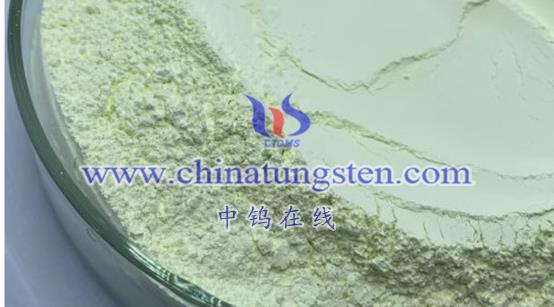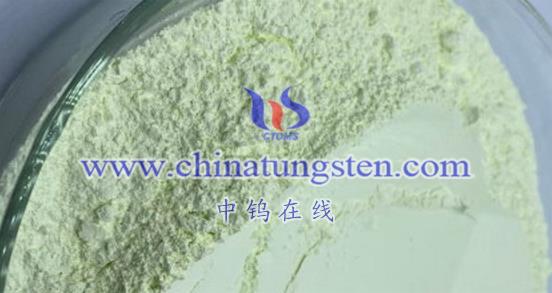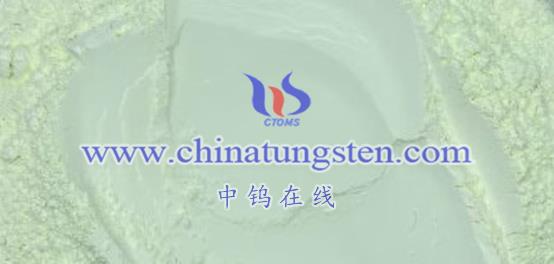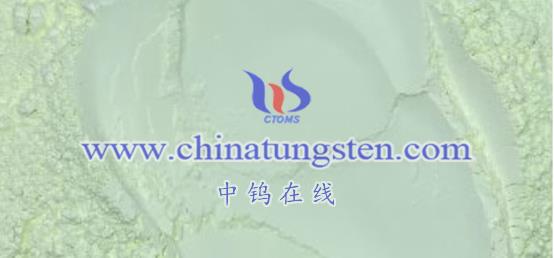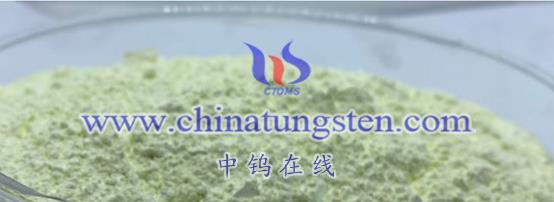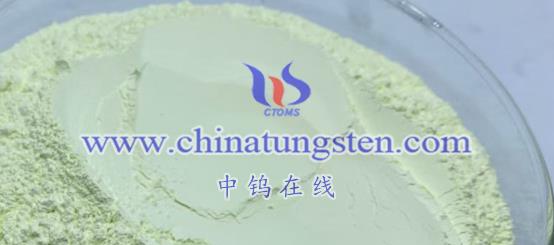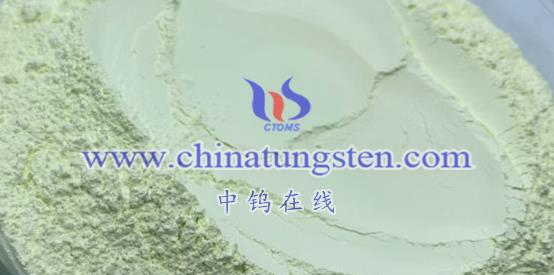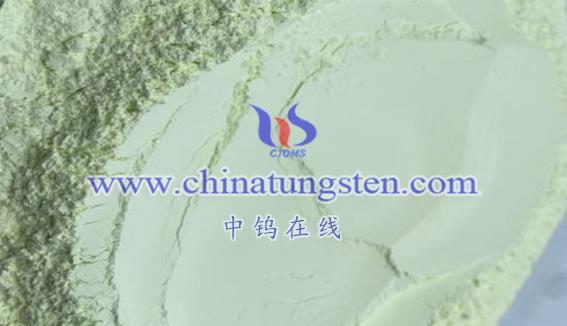
Novel photoelectrochemical biosensors based on tungsten oxide nanomaterials have broad application prospects in several fields, primarily including the following areas:
- Applications in the Biomedical Field
- Detection of Biomarkers: Tungsten oxide nanomaterials, as photoelectrochemical materials, possess unique optical, electrical, and physicochemical properties, enabling the construction of highly sensitive photoelectrochemical biosensors. These sensors can be used for the detection of specific biomarkers in the body, such as glutathione (GSH) and the lung cancer marker CYFRA21-1. By measuring changes in photoelectrochemical signals, these sensors allow for the quantitative detection of biomarkers, providing important evidence for early diagnosis and treatment of diseases.
- Drug Delivery and Photothermal Therapy: In addition to being sensor materials, tungsten oxide nanomaterials also exhibit good biocompatibility and bioactivity, making them potentially useful in drug delivery and photothermal therapy. Tungsten oxide nanoparticles can serve as drug carriers to precisely deliver drugs to targeted sites, improving therapeutic efficacy while reducing side effects. Their photothermal conversion capabilities can also be employed in photothermal therapy, absorbing light energy and converting it into heat to kill cancer cells or pathogens.
- Applications in Environmental Monitoring
- Detection of Pollutants: Tungsten oxide nanomaterials have extensive applications in environmental monitoring. Their excellent photoelectric properties make them ideal materials for sensors to detect concentrations of pollutants and harmful gases in the environment. By constructing photoelectrochemical biosensors based on tungsten oxide, real-time monitoring and early warning of pollutants in water bodies, the atmosphere, and other environmental media can be achieved, providing strong support for environmental protection and pollution management.
- Applications in Food Safety Detection
As public concern for food safety continues to rise, food detection technology has also rapidly developed. Nanobiosensors, as an emerging technology, offer high sensitivity and real-time monitoring advantages. Although specific applications of tungsten oxide nanomaterial-based photoelectrochemical biosensors in food safety detection may currently be relatively limited, their potential application prospects are significant. In the future, as technology advances and research deepens, these sensors are expected to play important roles in detecting pesticide residues, toxins, microbial contamination, and analyzing food components.
- Applications in the Energy Field
Although applications in the energy sector may not be the primary focus of photoelectrochemical biosensors, tungsten oxide nanomaterials have unique applications in this field as well. For instance, in lithium-ion batteries, tungsten oxide nanoparticles can serve as anode materials, enhancing the energy density and cycle stability of the batteries. While this application is different from direct uses in photoelectrochemical biosensors, it demonstrates the broad potential of tungsten oxide nanomaterials across various fields.
In summary, novel photoelectrochemical biosensors based on tungsten oxide nanomaterials have extensive application prospects in the fields of biomedicine, environmental monitoring, food safety detection, and energy. With continuous technological advancements and deeper research, these sensors are expected to play unique roles in even more areas.
More details of tungsten oxide product, please visit website: tungsten-oxide.com
Please contact CHINATUNGSTEN for inquiry and order of tungsten oxide:
Email: sales@chinatungsten.com
Tel.: 86 592 5129595
